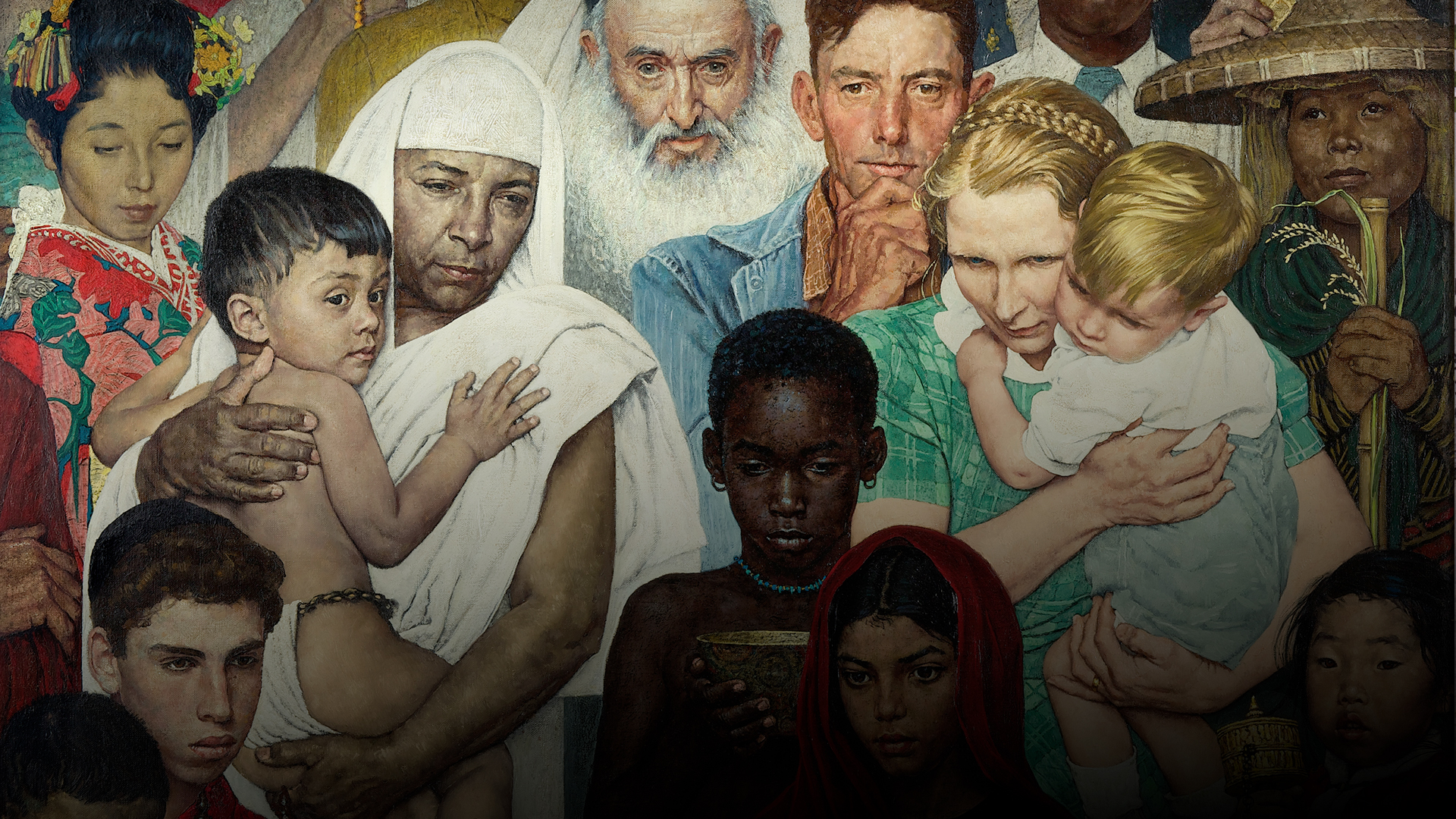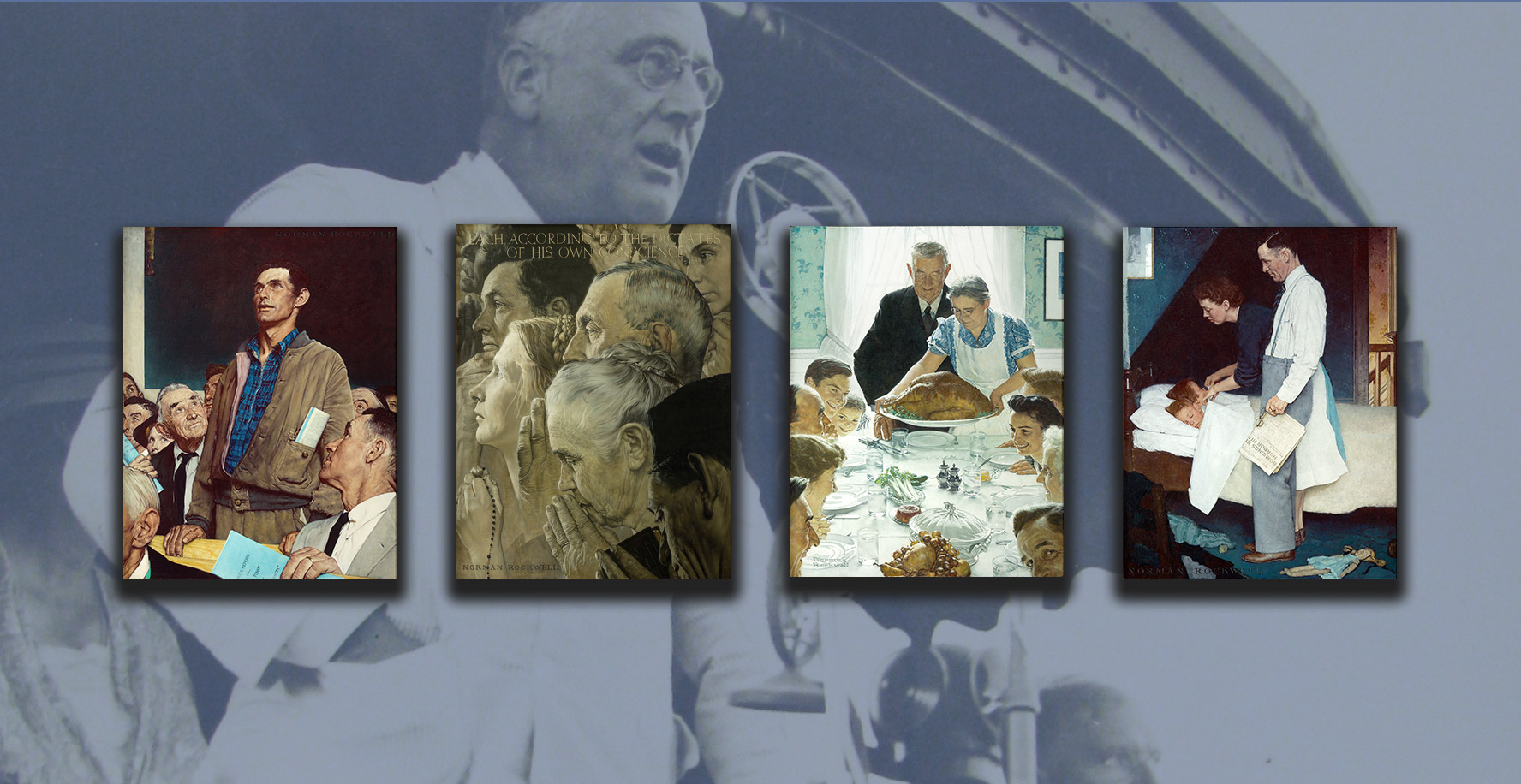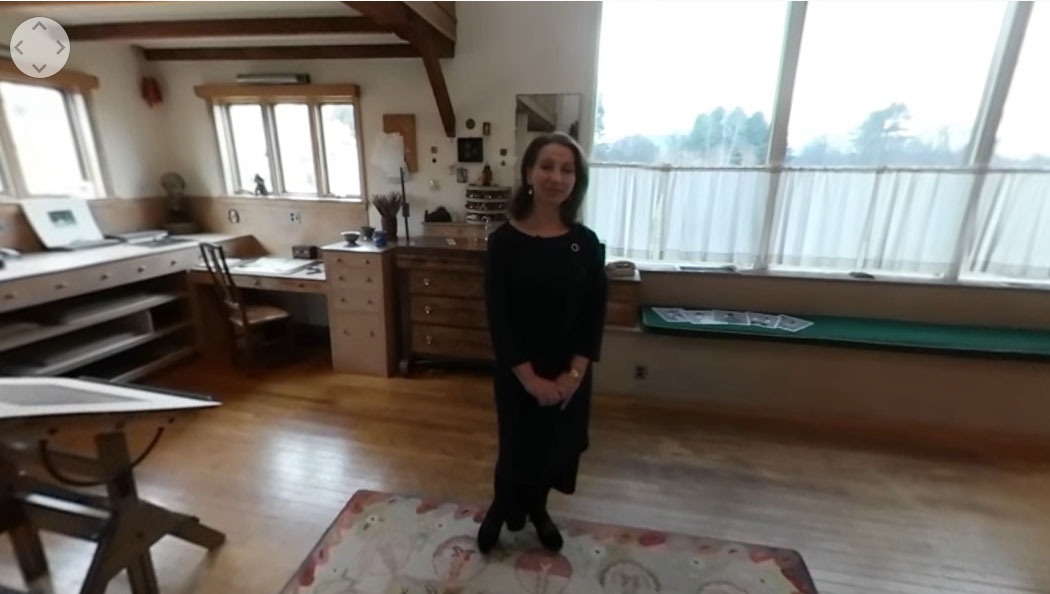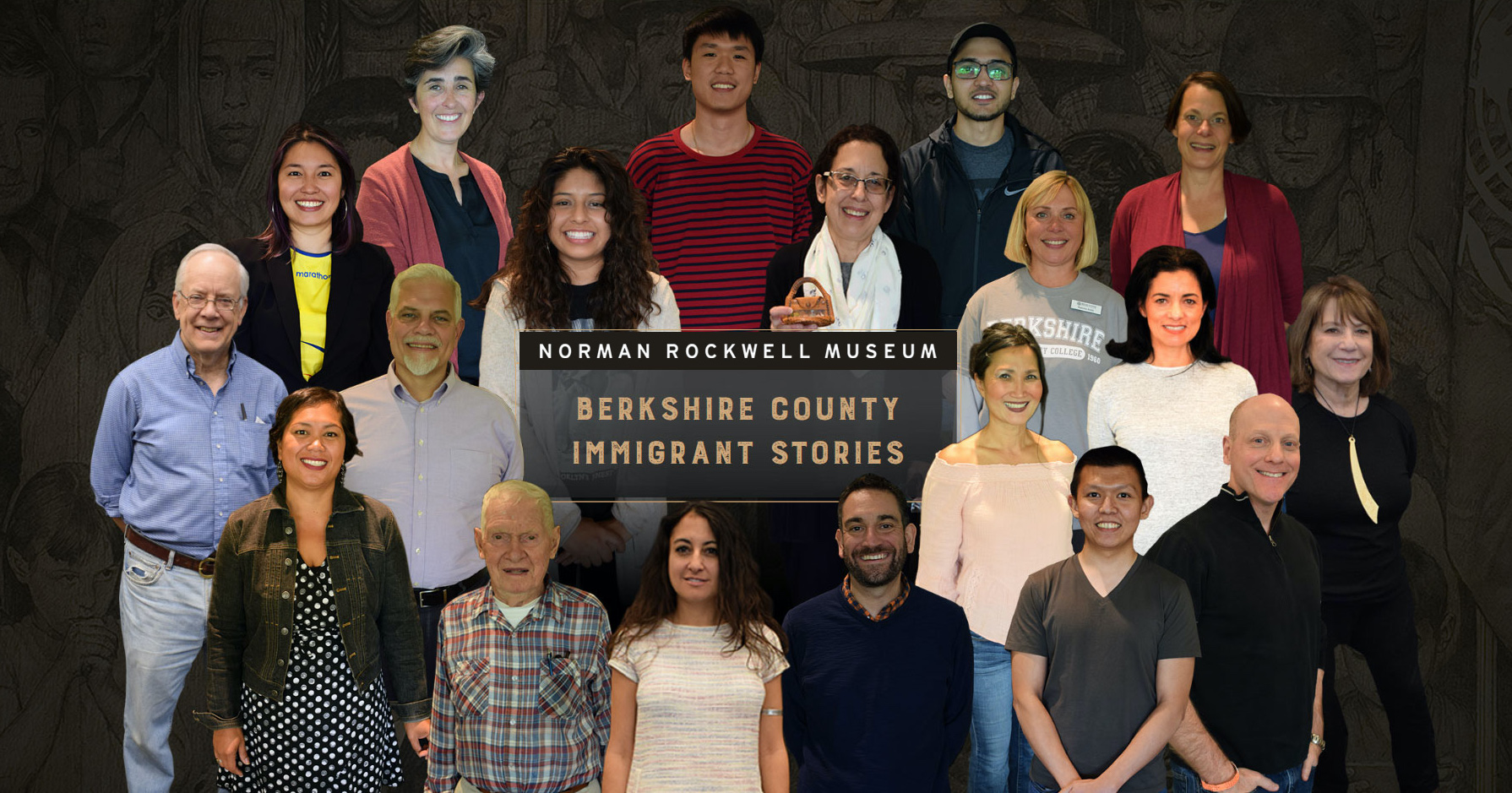Rockwell, Roosevelt & the Four Freedoms – Timeline
This interactive timeline depicts important events and milestones relevant to the exhibition, Norman Rockwell: American Freedom – from the period of the early 1930’s through today, tracked across three categories: Franklin D. Roosevelet, Norman Rockwell, and World Events.
Best viewed on: desktop, mobile device
360 Video – Norman Rockwell’s Studio
Watch this 360 degree video tour of Norman Rockwell’s Stockbridge Studio by Stephanie Plunkett, Deputy Director and Chief Curator of Norman Rockwell Museum. Rockwell occupied some 20 studios during his life, but it was the last one—seen below—that he called his “best studio yet.” The building was originally located in the backyard of his home on South Street in Stockbridge, Mass. In 1976, toward the end of his life, Rockwell left the studio and its contents to Norman Rockwell Museum. The building was cut in two and moved to the Museum’s grounds in 1986.
Best viewed on: desktop, mobile device, Virtual Reality headset using the YouTube App
Berkshire Immigrant Stories
Berkshire Immigrant Stories was a collaborative effort to record and share Berkshire County residents’ stories of their journeys to the United States and our region. Some of these stories are personal, while others recount familial immigration journeys. These rich local stories were incorporated into Norman Rockwell Museum’s 2019-20 exhibition, Finding Home: Four Artists’ Journeys, which explores similar themes.
Norman Rockwell Museum is so thankful for the first-, second-, and third-generation stories we were honored to receive. Please click on the videos below to hear Berkshire County residents describing their journeys and reflecting on themes of home, hope, and belonging.
The Berkshire Resident Stories and Storybooth project were generously supported by the Elephant Rock Foundation.
A special note about the photograph: This photograph features Berkshire County residents who generously shared their immigration journeys. The individuals are arranged in a manner to evoke Norman Rockwell’s iconic 1961 painting, The Golden Rule. This painting distilled the principle that Rockwell believed was at the core of the world’s religions: “Do unto others as you would have them do unto you.” His montage portrait brings together people of many backgrounds, cultures, and races to offer a powerful vision of acceptance, tolerance, and peace. Rockwell pursued and refined versions of this painting for eight years. “I never stopped thinking that it was worthwhile,” he said.
Support the Virtual Museum and Support your Neighbors





